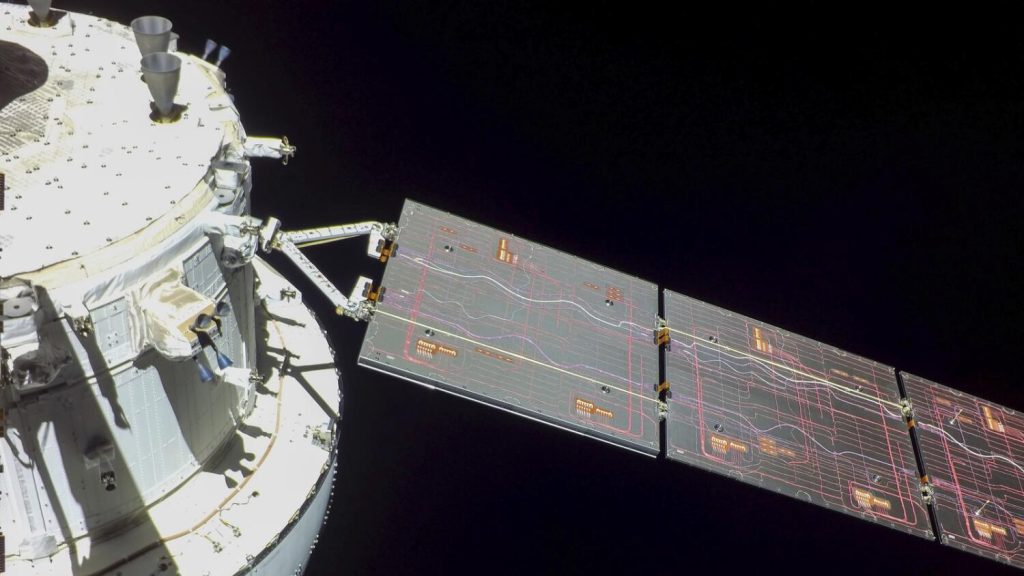The US space agency, Nasa, is prepared to return its Orion capsule to Earth.
After orbiting the Moon for three weeks, the rover will land withinside the Pacific Ocean off California’s coast.
The unmanned test-flight capsule is expected to carry astronauts on their next journey in the next few hours if all goes according to plan.
The parachute-assisted dive into the water is scheduled for approximately 09:40 (17:40 GMT) local time.
The activity is essential to NASA’s Artemis program, which expects people to return to the Moon before the decade’s over.
It is appropriate that this accomplishment was last accomplished by the crew of Apollo 17 precisely 50 years ago on Sunday.
Orion is ready for the day’s operation thanks to the European propulsion module.
The spacecraft section carried out a crucial engine maneuver last Monday that moved the craft away from the Moon and toward Earth.
There will be a very high arrival velocity. When the capsule strikes the top of our planet’s atmosphere, it will travel at 32 times the speed of sound, or 40,000 km/h (25,000 mph).
What occurs next determines if the project as a whole is booming.
Orion’s forward-facing surface temperatures will likely reach nearly 3,000C due to friction and pressure (5,000F).
If Orion is ever to be relied upon to transport astronauts, the shielding that covers this spacecraft section must be able to do so.
According to Mike Sarafin, the mission manager for Artemis, this objective was given priority.
“The heat shield is an essential component of safety equipment. Its goal is to protect both the spacecraft and the astronauts inside. Therefore, it must work.
Nasa has already witnessed an Orion re-entry. 2014 saw a previous demonstration of the capsule sans crew members. However, the velocities and temperature conditions were far lower throughout that test.
That previous flight did, however, show the parachute system’s value. Eleven chutes are employed sequentially to decelerate the final descent to the ocean’s surface.
The USS Portland will be ready to pick up Orion.
Orion will float into a flooded well deck at the back of the navy cruiser, in contrast to the helicopters that carried out the lifted retrieval of the Apollo capsules.
Melissa Jones, the procedure’s lead at NASA, said several tests and evaluations would be carried out while Orion was still submerged.
Orion is falling short of the intended spot.
Space agencies had their sights set on a location near San Diego, but an incoming cold front is expected to bring rain and nasty high waves.
So it was chosen to descend around 550 kilometers up the range, off Mexico’s Baja California Peninsula.
The European Space Agency, a mission partner of NASA, will watch the re-entry.
The service module that guided Orion on its trip for the past three weeks was given by ESA.
The capsule won’t splash down with it. Instead, it will burn as it approaches Earth over the South Pacific and separate around 20 minutes before re-entry.
European states are currently debating whether to develop their independent crew transportation system. In addition, they will ponder the performance of their Orion service module.
For the time being, Europe will still offer service modules.
NASA has already received the component for the next Artemis mission, and working on the third vehicle for the upcoming Artemis III lunar landing mission, which is currently lined up for late 2025 or mid-2026, is very much at a high level.

